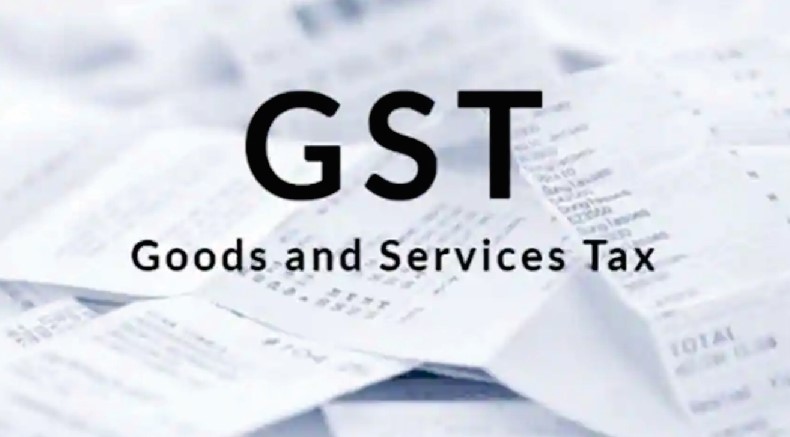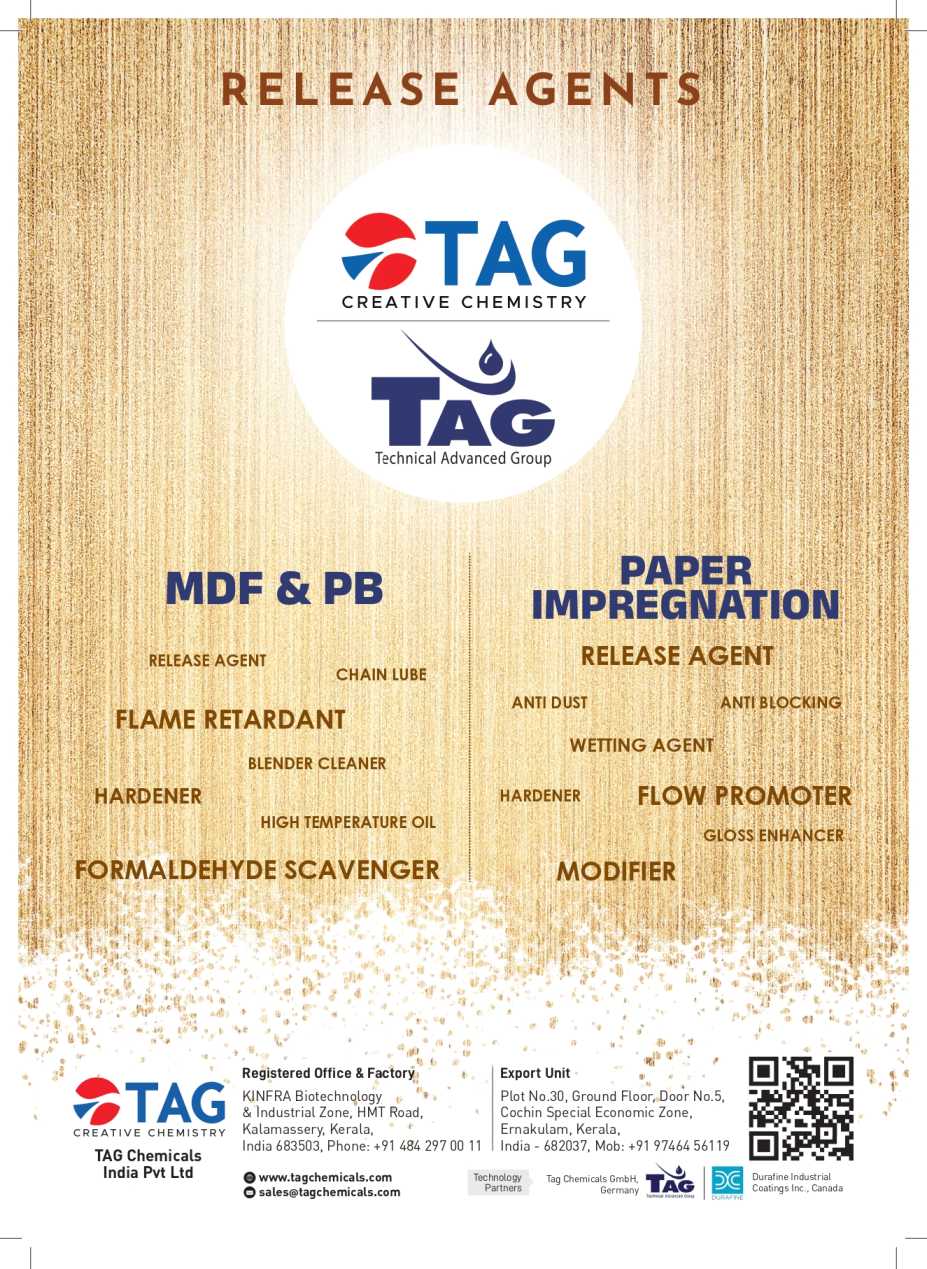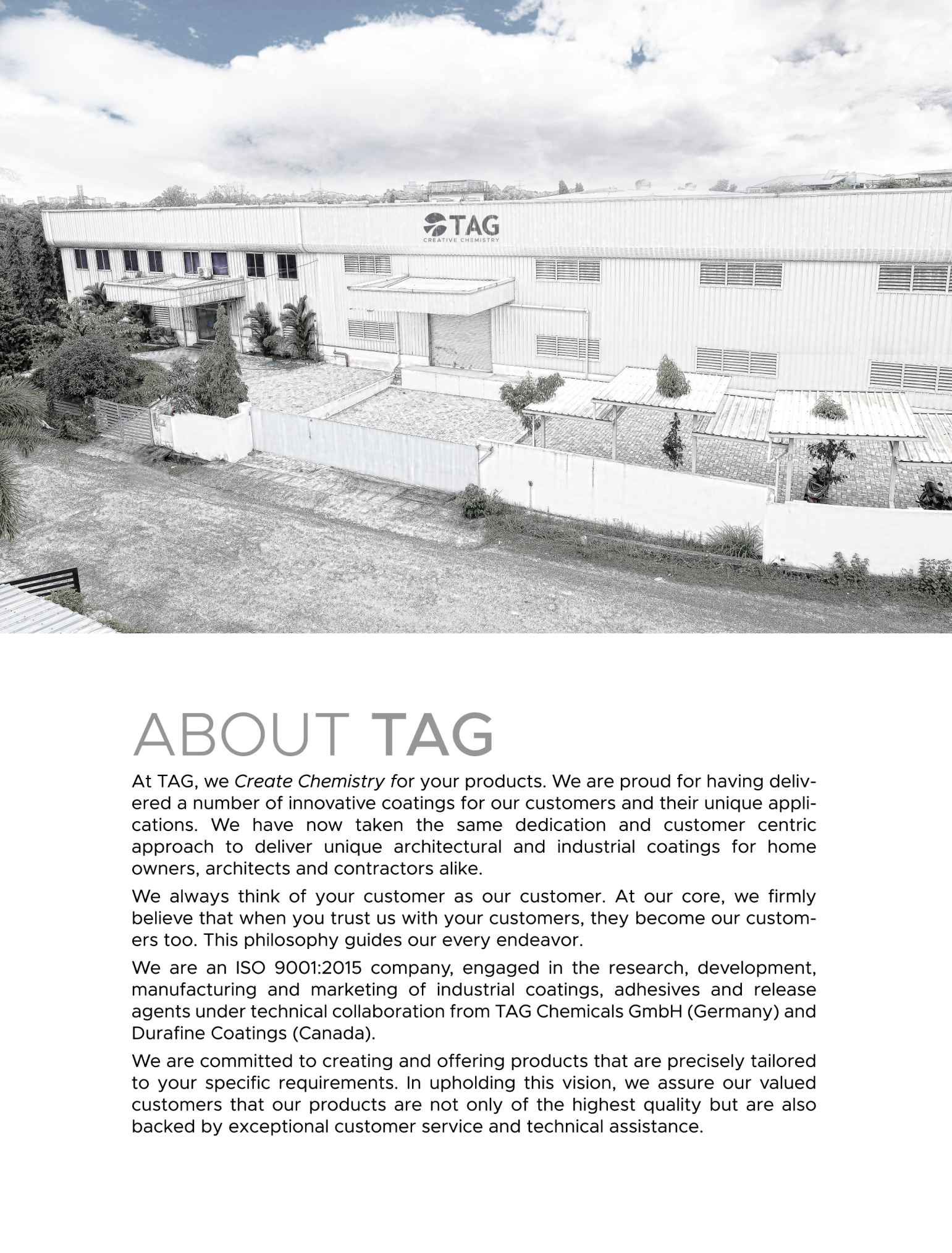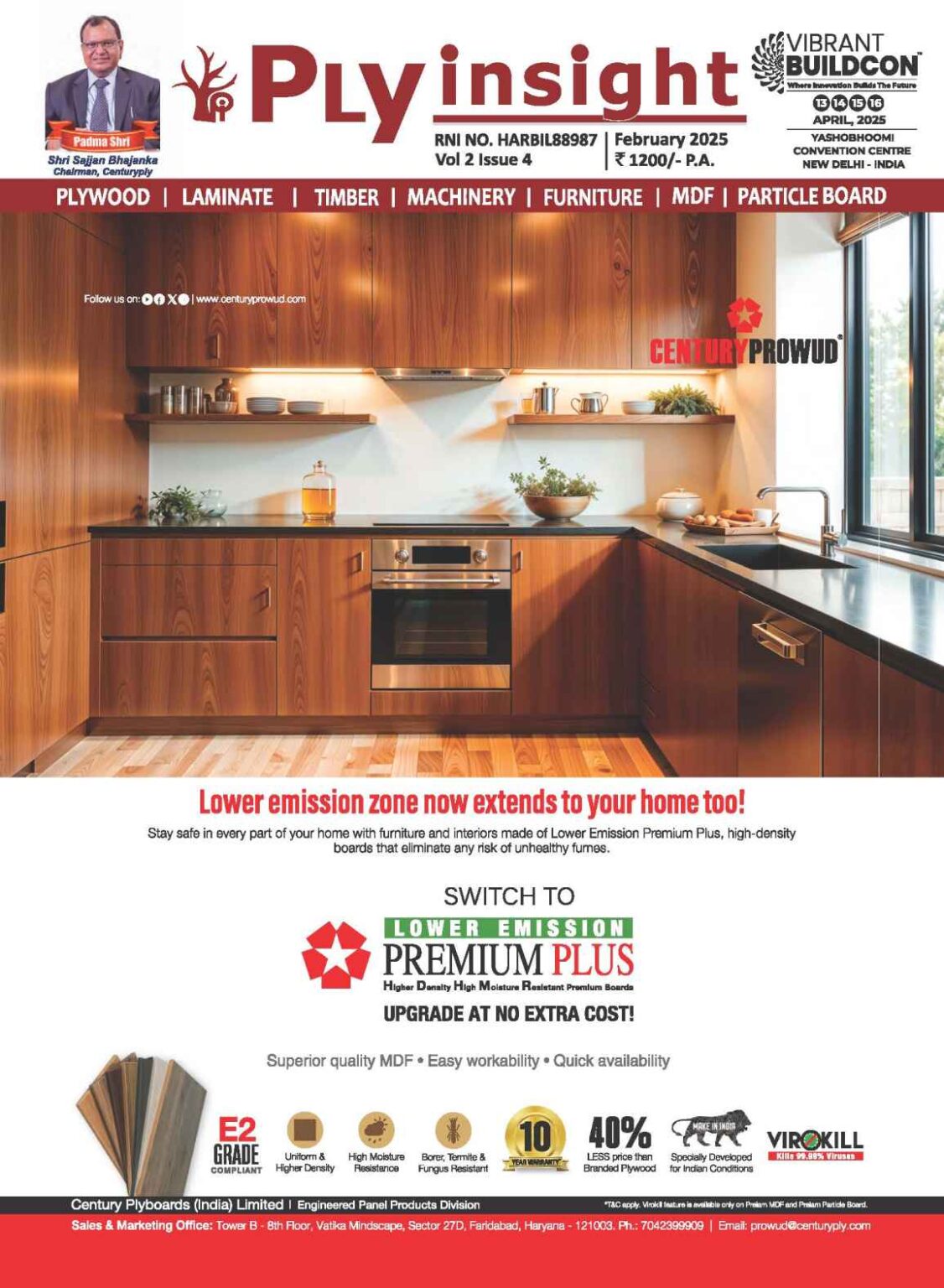
The BIS – Quality Control Orders (QCOs) Observations & Future
- September 7, 2024
- 0
Since 2022, when the new Quality Control Orders for wood-based panel manufacturers were introduced, our industry sector has seen many great uprising, WhatsApp Group revolts, debates, discussions, representations and also lack of proper feedback and/or representation from the Industry Associations in general.
Without getting into statistics, numbers and codes repeatedly, let us try to take stock of realities and atleast use the last available 5 months’ time period for a well-authored, well-narrated, well-represented mutually viable techno-commercial feedback to BIS, as well as the DPIIT which is the actual door for knocking, with respect to the whole QCO affair.
Purpose of the QCOs
We must realise sincerely and with appreciation, that the primary objectives of these QCOs are:
- Reduce imports & dumping of inferior quality plywood and other wood-based panel products.
- Improve domestic manufacturing standards to minimum Moisture Resistant (MR) Grades of BIS Standards. This shall enable better utilization of available wood raw materials (RM) as well as total improvement in India’s production & product quality, in addition to improving exports capabilities, technically. (We do have major issues with domestic dumping of inferior goods in the market too. Consumer is King.)
One more significant point that our industry has to realise, by now, is that the BIS does not engage in standardization monopolistically. It is the Industry Sector & the Technical Committees that provide the required input for the BIS to create and implement standards. The final standards document would most often reflect the input of the industry and technical committee, ONLY.
Quality and International Equality in product status is the need of the hour, as envisaged very timely by our Hon PM Shri Narendra Modiji in his Independence Day Address to the Nation.
Positives for India
It is a matter of great pride as well as hope, that the BIS have quickly stepped up their game, in order to cater to the speed and agility with which DPIIT wants to implement various QCOs, not only in our plywood industry sector but other sectors too.
Over the last one and a half years, the Technical Committee has kept up with various pressures and requirements, including industry stakeholder influences and needs, to bring about Drafts for Wide Circulation in the best possible interests of ‘representative’ industries, governance, and consumers. Lot of diligent works have efficiently gone into the making of these Drafts. On behalf of our plywood & panel industry sector, I would wish to sincerely thank BIS for their continuous.
Causes for Worry
Ply Insight in association with Wood Technologist Association (WTA) had organized the Webinar on Mastering IS 303: Strategic Insights into Plywood Testing, Standards, and Industry Impact on 17th of August. During the comprehensive discussions, one significant aspect observed was that most of the Associations having micro-small industries as their members & representatives, continue to be in a state of panic, fear, and existential threat, looking ahead to the QCO implementations starting 2025 March.
However, there also seems to be a total lack of JOINT, UNITED techno-commercial feedback with confidence, from these industries & their Associations.
Need of the Hour
If at all the regional & other national level Associations are serious about the existential threat to micro-small factory members, they must come together and arrange a Technical Committee comprising field technical experts & technocrats too. It is very much essential that these Associations jointly come together with a strong mind, and ensure that they are represented officially and strongly in writing, with facts, figures & explanations, by a Team of Technical Experts & Technocrats, chosen by & among themselves. This has to happen very quickly now that we have barely 5 more months of time for feedback & final recommendations. Need of the hour is quick & factually strong representations to both DPIIT as well as BIS.
Some Critical Technical Inputs
IS-303 & IS-1659:
The MoR&MoE categorizations of both Plywood for General Purposes (covering MR, BWR, & BWP), as well as Block Boards (covering MR, BWR, & BWP) may be brought under 3 straightforward sub-categories – such as:
Grade 1: 4,500/2,800 & 40/25 (E40/20 & F40/20)
Grade 2: 3,000/1,800 & 25/18 (E30/15 & F25/15)
Grade 3: 2,000/1,200 & 18/12 (E20/10 & F15/10)
The current draft with 5 different slabs in each of these values would create a mixture of 25 different strength combinations. This will be more of a perennial headache for both BIS as well as manufacturers to keep batching & grading.
3 straightforward Grades would ease the whole process and also provide the basis for stiff competition among manufacturers to remain under Grade 1, through well communicated market demand for a particular Grade.
IS-4990 Preservative Treatments:
As times, techniques, & technologies change for the purpose of sustainability, low-toxicity, and work safety. It is much overdue for our own standards documents to keep pace with international happenings, studies and chemical approvals, in addition to mass manufacturing techniques.
The inclusion of a sole chemical preservative such as the CCB, for shuttering grade plywood, is a classic case of not being in tune with the times of latest, well studied, well established, internationally approved, plywood manufacturing techniques and technology solutions available. We need to embrace these available solutions, instead of forcing the manufacturers to stick to a more tedious and toxic method of preservation.
The following preservatives are well established and approved by the EPA for residential & commercial purposes – in both VPT & Glue-Line Technology (GLT) preservative solutions:
- Alkaline Copper Quarternary (ACQ) – Water-based wood preservative that prevents decay from fungi & insects (fungicide + insecticide). Leaves a dry, paintable surface (GLT-friendly). Registered for use on: Lumber, timbers, landscape ties, fence posts, building & utility poles, land-freshwater-marine pilings, sea walls, decking, wood shingles, & other wood structures.
- Borates – Disodium Octaborate Tetrahydrate (DOT) is a water-based preservative registered by EPA as well as government agencies throughout Asia, Europe, & North America. Registered for uses like: Furnishings & interior construction, framing, sheathing, sill plates, furring strips, trusses, and joists.
- Copper Azole – Water-based wood preservative which is both fungicide and insecticide. Widely used in US & Canada. Leaves clean, paintable surface (GLT-friendly). Registered for treatment of: millwork, shingles, siding, plywood, structural lumber, fence posts, building & utility poles, land & freshwater piling, composites and other wood products that are used in above-ground, ground contact, fresh water as well as in salt water splash (marine) decking applications.
- Copper Naphthenate – Insecticide first registered in 1951, used as brush, dip, spray, and pressure treatments of wood, that will be used in ground contact, water contact, and above ground.
- Copper-HDO [Bis-(N-cyclohexyldiazeniumdioxy-copper)] – First registered in 2005, used to: pressure treat wood for use in decking, rails, spindles, framing, sill plates, gazebos, fencing, and posts. Highly potent, and restricted from aquatic areas, beehives, or any application associated with food or feed packaging.
- Polymeric Betaine – A borate ester first registered in the US in 2006. Applied by pressure treatment to forest products, breaks down to Didecyl Dimethyl Ammonium Chloride (DDAC) and boric acid providing treatment with high efficacy.
These approved chemical formulations, in addition to well established formulations such as Bifenthrin, Chlorpyriphos, and Lindane, are all excellent GLT-friendly alternatives to the traditional, laborious, highly toxic & unsustainable CCB treatments.
It is really surprising and quite strange that our principal institutes like IWST & FRI have not studied/established/ approved/recommended internationally approved glue line treatment formulations, for core veneer thicknesses of up to 2mm and below.
Also, such a process of pressure treating the raw mat-board, and viably pasting/laminating the phenolic film face for shuttering plywood with commercially acceptable finish, surface quality, and paper stability/durability has not yet been established by our reputed institutions such as IWST or FRI (to my personal knowledge), before recommending the same for mass production.
Alternatively, the BIS Technical Committee (which also includes industry representatives with surprising/shocking acceptance of the traditional CCB preservative pressure treatment) is requested to be more flexible to the market requirements and practices, and at least allow internationally registered & approved Glue Line Treatments (GLTs) in shuttering plywood up on mutual acceptance with purchaser(s), until such a time as when IWST and/or FRI submit their domestically studied recommendations in future. It is also true that international companies such as FMC Corp & Bayer Corp have already tested their formulations in Indian plywood manufacturing, by sending samples for testing at the erstwhile IPIRTI, records of which may well be available with IWST without doubt. Additionally, some Indian companies too have tested formulations such as ACQ in Indian plywood manufacturing by sending samples to IPIRTI (IWST) for testing and reports.
Sampling:
Before getting into the input in this regard, I wish to humbly remind all stakeholders, that plywood & wood-based panel products that have been brought under the QCOs, appreciably, are not medical devices, products of essentiality or serious safety concerns for society at large (except health wise for emissions& toxic leachable preservatives& surface treatments).
Coming to the technical input, it is submitted that the BIS may have half-yearly single-visit audits for all manufacturer categories, for all of their respective licenses together, instead of picking up samples from markets and then having to chase manufacturers and jeopardize their very existence for the sake of quality implementation. Let market sampling be undertaken only in the case of complaints from market(s)/consumer(s), as in advanced countries. This will benefit the BIS also in a huge way towards successful implementation of Quality Control in manufactured products.
Let this system run for 3 years before a review of implementation for further changes and stringency, based on market feedback and other stakeholder-feedback. This will also help manufacturers tighten their grip internally, because of the fear of Audit Non-Conformity (NC), as well as enable the market to know where their supplier stands, thereby leading to inter-manufacturer Quality competition and status/reputation-building.
As one of the primary purposes of QCO is to reduce import dumping of inferior and cheaper products in the sector, let there be container-wise sampling of imports in these listed products. This will also enable the BIS to reduce international visits and other logistical headaches.
Conclusion Remarks
In conclusion, it is sincerely hoped and wished that these practical inputs would be taken up by all the Associations IN UNITY AS A SINGLE VOICE, for presentation to the DPIIT & BIS, as well as convince the relevant department decision-makers to incorporate these practical, mutually beneficial & effectively implementable changes into the QCO guidelines/documents/ standards.
Jai Hind!
👇 Please Note 👇
Thank you for reading our article!
If you don’t received industries updates, News & our daily articles
please Whatsapp your Wapp No. or V Card on 8278298592, your number will be added in our broadcasting list.



































































